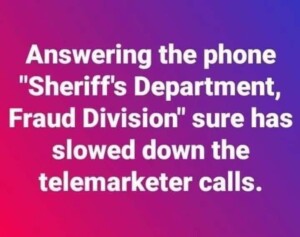If you’ve ever received a jury summons in the mail, you might have wondered, “How did they pick me?” or “What happens next?” The jury selection process, also known as “voir dire,” might seem complicated, but it’s actually a pretty straightforward system designed to ensure a fair trial for everyone involved. Let’s break down how it works, step by step, in a way that’s easy to understand.

Getting Summoned for Jury Duty
The first step in the jury selection process is getting summoned. This usually happens when you receive a letter in the mail from your local court. The list of potential jurors is often pulled from voter registration records, driver’s license databases, and sometimes even tax records. Basically, if you’re an adult citizen, you’re likely in the pool of potential jurors.
Responding to the Summons
Once you get the summons, you’ll need to respond by the date indicated. This usually involves filling out a questionnaire and confirming your availability. If you have a legitimate reason for not being able to serve (like a medical condition), this is the time to mention it.
Showing Up at the Courthouse
If you’re eligible and available, the next step is to show up at the courthouse on the date specified in your summons. Bring some reading material or something to keep you occupied; there can be a lot of waiting involved.
The Voir Dire Process
“Voir dire” is a fancy legal term that basically means the process of questioning potential jurors to see if they’re fit to serve on a jury. This is where things start to get interesting.
- Initial Screening: When you first arrive, you’ll be part of a large pool of potential jurors. The judge and the attorneys for both sides will start by asking some general questions. These might include whether you know any of the parties involved, if you have any strong opinions about the case, or if you have any experience with the legal issue at hand.
- Questioning by Attorneys: After the initial screening, the attorneys will have the chance to ask more specific questions. They’re trying to figure out if you have any biases or preconceived notions that might affect your ability to be impartial.
- Challenges: Attorneys have the option to challenge certain jurors they don’t think will be favorable for their side. There are two types of challenges: “peremptory” and “for cause.” A peremptory challenge doesn’t require a reason, but each side only gets a limited number of these. A “for cause” challenge requires the attorney to explain why they think the juror can’t be impartial, and there’s no limit to these.
- Final Selection: After the challenges, the first 12 (or 6 in some cases) remaining potential jurors are usually selected to serve on the jury. Some additional jurors may be chosen as alternates in case one of the primary jurors can’t continue for some reason.
Serving on the Jury
Once you’re selected, you’ll serve on the jury for the duration of the trial, which could last anywhere from a day to several months. You’ll be expected to listen carefully, take notes if allowed, and ultimately join your fellow jurors in deciding the case.
Getting Paid and Going Home
Jurors usually get paid a small stipend for their service, and some employers will even continue to pay your regular salary while you’re on jury duty. Once the trial is over and you’ve reached a verdict, your service is done, and you’re free to go home.
Why Jury Selection Matters
The jury selection process is crucial for ensuring that a defendant receives a fair trial. It’s designed to weed out potential jurors who might be biased or unable to make an impartial decision. This is a cornerstone of the American legal system and one of the ways we ensure that justice is served.
So there you have it—a simple guide to the jury selection process. While it might seem like a hassle to serve on a jury, it’s actually a vital civic duty that helps keep our legal system running smoothly. Plus, it can be an interesting experience that gives you a firsthand look at how the justice system works.
As an Amazon Associate we earn from qualifying purchases through some links in our articles.




